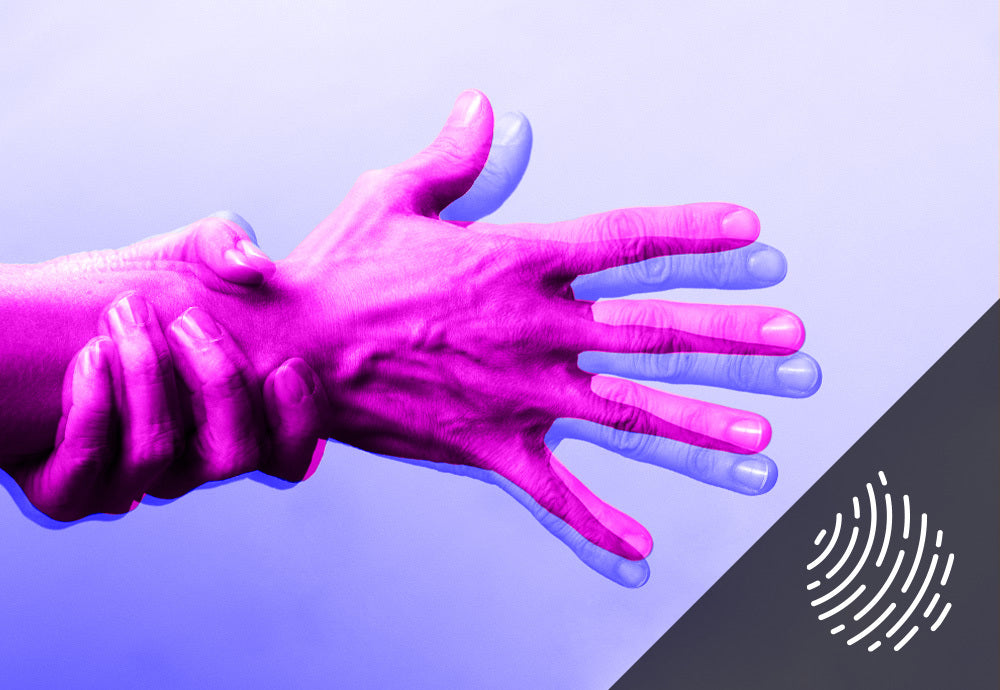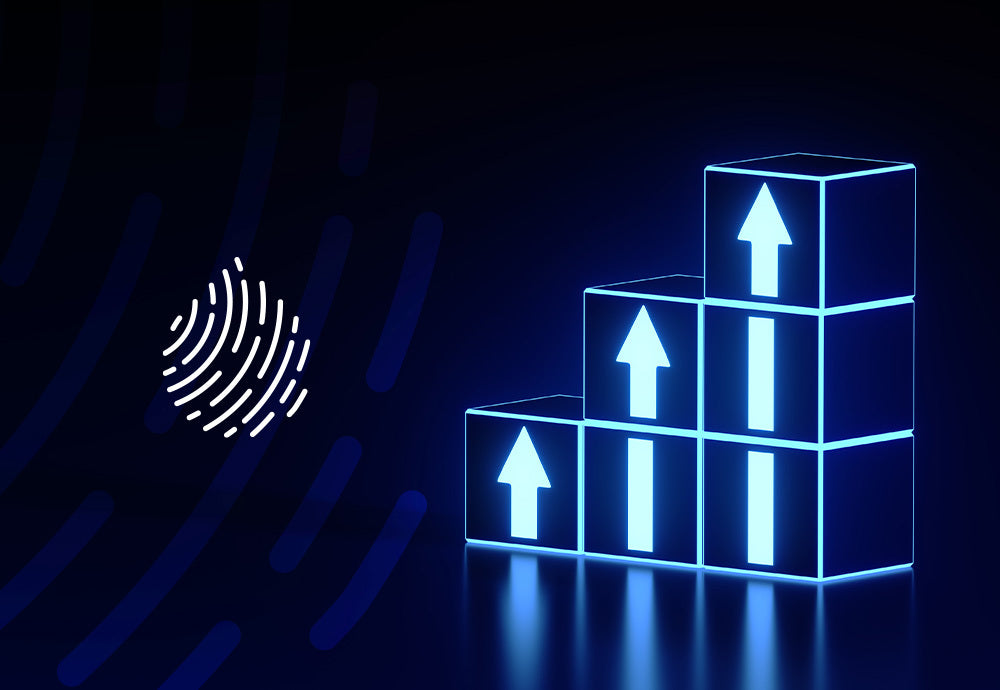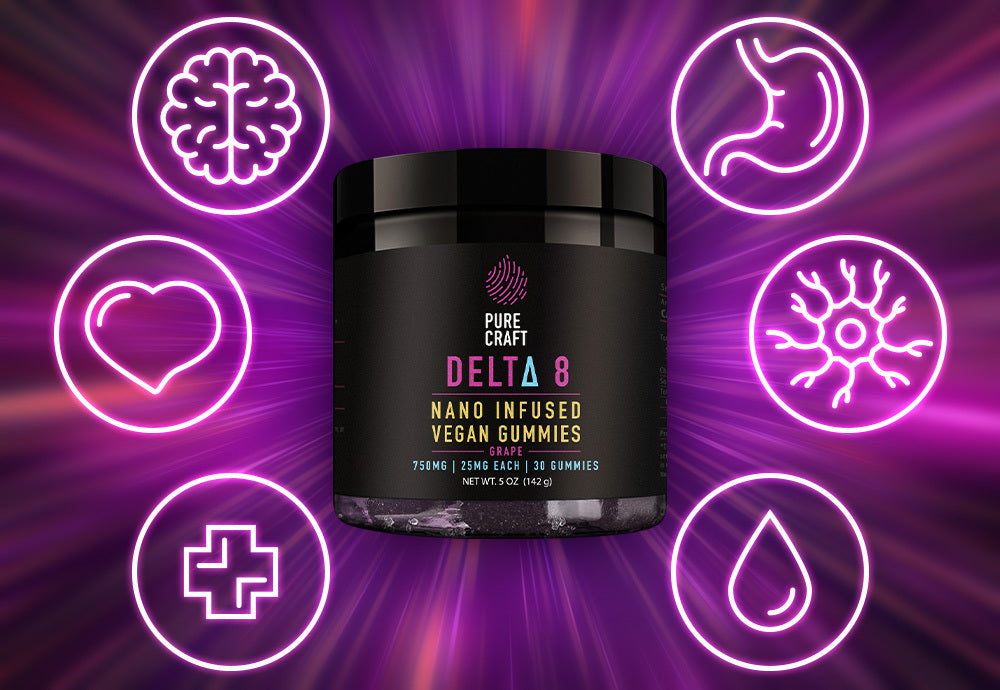Your Cart is Empty
FREE SHIPPING ON ORDERS $70+ | SATISFACTION GUARANTEED
You know that CBD could help with a lot of different health concerns — like chronic pain and anxiety. But how does it all happen?
All the wellness benefits you enjoy from cannabinoids like CBD are due to the CB1 and CB2 receptors in your body’s endocannabinoid system. Let’s dive into how they work.
To understand CB receptors, we need to cover the endocannabinoid system. Everyone has an endocannabinoid system, or ECS.
The ECS is linked to the following processes:(1)
The ECS works to regulate these different biological systems within the body to maintain homeostasis (stable physiological equilibrium). It does this by using your bod’s endogenous cannabinoids (aka endocannabinoids) and the CB1 and CB2 receptors.
When something is off balance, the body produces endocannabinoids to interact with these receptors and return the body to homeostasis.
We mentioned that your body has endogenous cannabinoids. Yup, your body produces its own cannabinoids. Even if you’ve never used cannabis products (which have phytocannabinoids) before, your body still has an ECS and creates endocannabinoids.
We know of two endocannabinoids:
Anandamide is an endocannabinoid that shares a lot of similarities with the phytocannabinoid, THC. AEA is responsible for euphoric feelings. It’s also associated with regulating memory, fertility, pain, and body temperature.
2-AG is thought to play a role in immune function, inflammation, and the circulatory system.(2)
Great, so there are endocannabinoids responsible for maintaining homeostasis. So why do these receptors matter?
Without receptors like CB1 and CB2, the endocannabinoids would have nowhere to relay their messages to. Thus, the endocannabinoids bring their important messages to the CB receptors, and the CB receptors then tell the body what to do.
CB1 and CB2 receptors can also interact with phytocannabinoids — the cannabinoids found in the cannabis plant. Your body gets to enjoy the health benefits of CBD products because of how the CBD and any fellow cannabinoids interact with the CB1 and CB2 receptors in your ECS. It’s also been found that some terpenes bind to the CB1 and CB2 receptors.
So, researchers believe that CBD interacts with your body’s CB1 and CB2 receptors to create different health effects like relieving pain, curbing nausea, and reducing anxiety.

CB1 Receptors are mainly found in the central nervous system (CNS).(1) The CNS is made up of two areas of the body:
In the brain, they’re concentrated in the hippocampus, basal ganglia, and cerebellum. CB1 receptors are all about regulating memory, pain, mood, cognition, and motor function.
THC loves to interact with CB1 (and not so much with CB2), which may explain the euphoric mood effects and cognitive distortions one gets when consuming THC containing products.
CB2 receptors can be found throughout the body, mainly in the tissues of your immune system.(1) Unlike CB1 receptors, CB2 receptors are much more prevalent in the peripheral nervous system (PNS).
These receptors are known to cause anti-inflammatory effects when activated. They can be found in the white blood cells, the spleen, thymus gland, and throughout the gastrointestinal system.
CB2 receptors regulate your immune system and inflammatory response. These receptors are targeted for their potential to treat or manage pain and inflammatory conditions like:(3)
CB2 receptors are less common in the brain, but researchers are starting to think it may play a bigger role than was previously thought. There’s some evidence that activating CB2 receptors in the brain may reduce the rewarding effects of addicting drugs such as cocaine.(4)
The cannabinoids found in the cannabis plant are known to interact with our body’s own endocannabinoid system. Cannabinoids — like THC and CBD — interact with the CB1 and CB2 receptors. They may activate or inhibit the receptors, to produce various bodily effects.
Researchers haven’t figured out exactly how CBD interacts with the CB1 and CB2 receptors. Unlike THC, which directly engages with CB1 and CB2, it’s thought that CBD indirectly interacts with the CB receptors.
It’s possible that the presence of CBD prevents endocannabinoids floating around from breaking down. This may mean that the body’s endocannabinoids have a greater effect on your body.
You and everyone you know has CB1 and CB2 receptors working hard to keep the systems in your body in balance. Your body creates its own endocannabinoids that interact with these receptors to produce different effects.
The cannabinoids found in the cannabis plant, like THC and CBD, also interact with these CB1 and CB2 receptors. When you consume CBD products, the unique profile of cannabinoids, terpenes, and flavonoids send messages to your CB receptors. Once the CB receptors receive the messages, they can create the health effects you’re familiar with — like reducing pain and uplifting mood.
Without CB receptors, your body wouldn’t have an efficient way to use the health benefits associated with your CBD products!
References

The cannabis compound CBD has been popping up in Parkinson’s disease (PD) therapy and prevention conversations, propelled by success stories from p...
Read More
CBD is one of the most popular supplements on the market today. But you're a savvy consumer. You know just because something is popular doesn’t mea...
Read More
You know delta-8 as "weed-lite" or the "chillest of the cannabinoids." But what about all the potential health benefits of this unique compound? Wh...
Read More